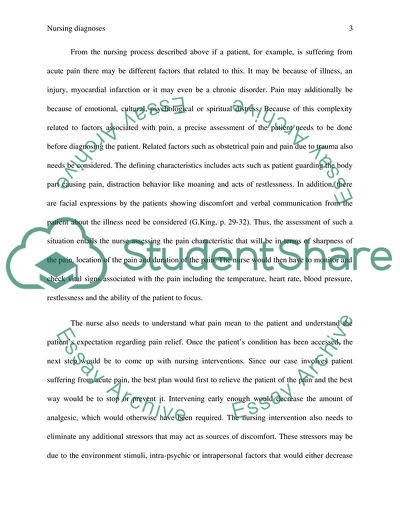Cite this document
(Acute pancretitis and bordeline personality disorder Essay - 1, n.d.)
Acute pancretitis and bordeline personality disorder Essay - 1. https://studentshare.org/nursing/1876731-nursing-diagnoses
Acute pancretitis and bordeline personality disorder Essay - 1. https://studentshare.org/nursing/1876731-nursing-diagnoses
(Acute Pancretitis and Bordeline Personality Disorder Essay - 1)
Acute Pancretitis and Bordeline Personality Disorder Essay - 1. https://studentshare.org/nursing/1876731-nursing-diagnoses.
Acute Pancretitis and Bordeline Personality Disorder Essay - 1. https://studentshare.org/nursing/1876731-nursing-diagnoses.
“Acute Pancretitis and Bordeline Personality Disorder Essay - 1”. https://studentshare.org/nursing/1876731-nursing-diagnoses.


